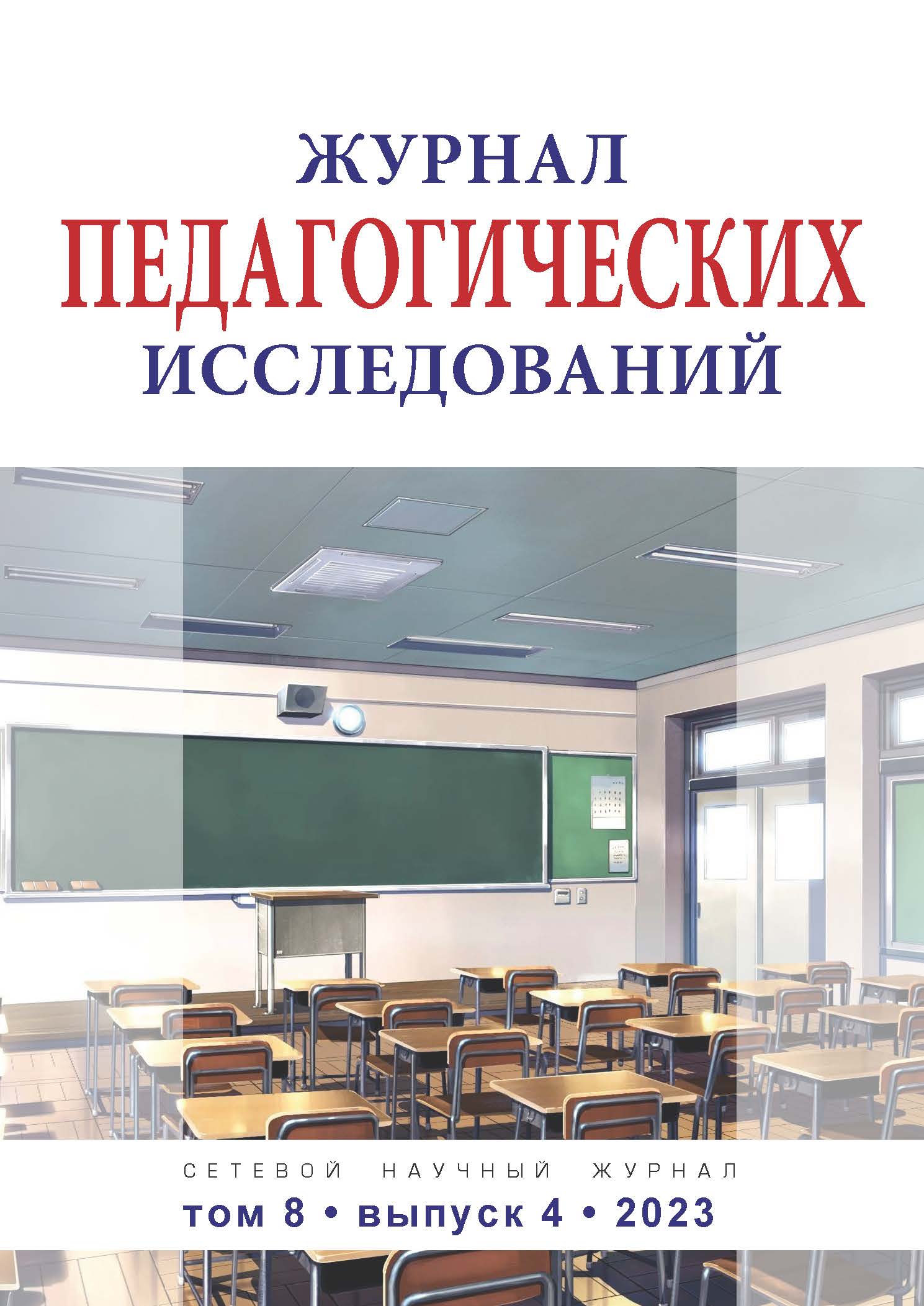Russian Federation
Fashion illustration is a popular direction in non-formal art education for adults. Despite the popularity of courses teaching this artistic practice, the quality of the acquired knowledge, skills and abilities often turns out to be unstable: behind the spectacular work with color graphic materials and filigree depicted details of fashionable images, the lack of fundamental training is often disrupted. Practice shows that learning the basics of composition is a mandatory component in working on any graphic image. To address this issue, the article discusses learning using black-and-white illustration and printed graphics - a forgotten but promising variety in fashion illustration. It should be noted that modern programs of non-formal education do not consider national specifics and miss a large cultural layer, which is important and necessary for the development of professionals in the field of design, construction and technology of clothing. The use of a blended learning format in the context of non-formal education for adults is also considered. The article presents the content and analysis of the implemented pedagogical experiment, which considers all the above issues.
fashion drawing, composition of illustration, Russian costume, graphics, printed graphics, blended learning, non-formal education
1. Agarkov G.A. A year after the outbreak of COVID-19: the perception of potential students of the quality of higher education in the context of digitalization and blended learning. Integracia Obrazovaniya [Education Integration], 2021, no. 4 (105), v. 25, pp. 646-660. (In Russian). DOI: https://doi.org/10.15507/1991-9468.105.025.202104.646-660; EDN: https://elibrary.ru/HCRUEB
2. Bartsits R.Ch. Khudozhestvennaya grafika. Vvedenie v metodiku prepodavaniya: Monografiya [Artistic graphics. Introduction to teaching methods: Monograph]. Moscow, MPGU, 2016. 222 p. EDN: https://elibrary.ru/XGAFXZ
3. Gileva O.Ya., Shimanchik I.P. Additional professional education for adults: principles and features. Izvestiya Samarskogo nauchnogo centra RAN [Proceedings of the Samara Scientific Center of the Russian Academy of Sciences], 2010, no. 12 (3-3), pp. 603-605. (In Russian).
4. Gruminskaya L.A., Matveeva A.S. Prospects for the development of continuous education. Problemy sovremennogo pedagogicheskogo obrazovaniya [Problems of modern pedagogical education], 2020, no. 67-4, pp. 103-107. (In Russian). EDN: https://elibrary.ru/GNSWFH
5. Sokolnikova N.M. Metodika obucheniya izobrazitelnomu iskusstvu: uchebnik dlya stud. uchrezhdeniy vyssh. prof. obrazovaniya [Methods of teaching fine arts: a textbook for students. institutions of higher prof. education]. Moscow, Publishing Center «Academy», 2013. 336 p.
6. Sociologiya obrazovaniya. Dopolnitelnoe I nepreryvnoe obrazovanie: monografiya [Sociology of education. Additional and continuing education: monograph]. Moscow, Urait Publishing House, 2022. 333 p.






